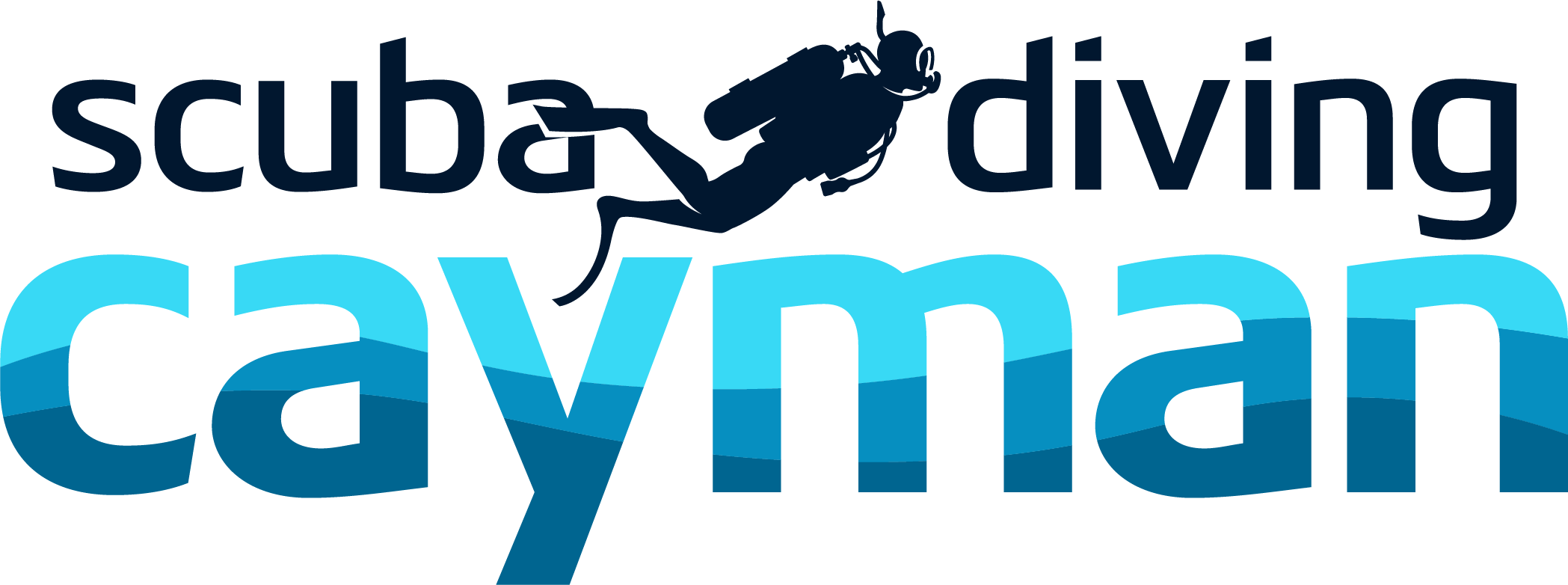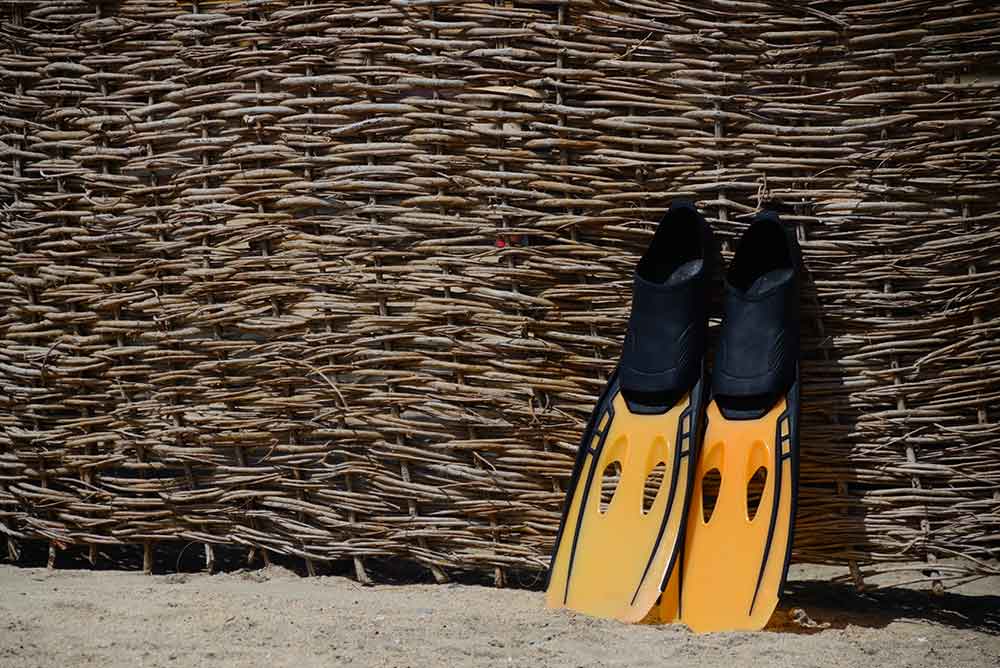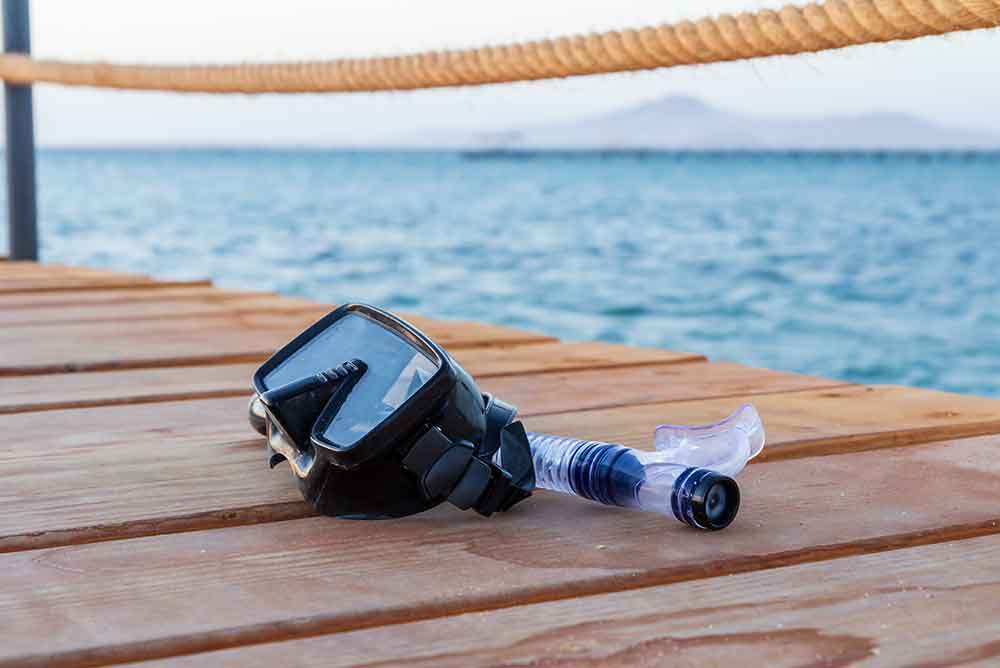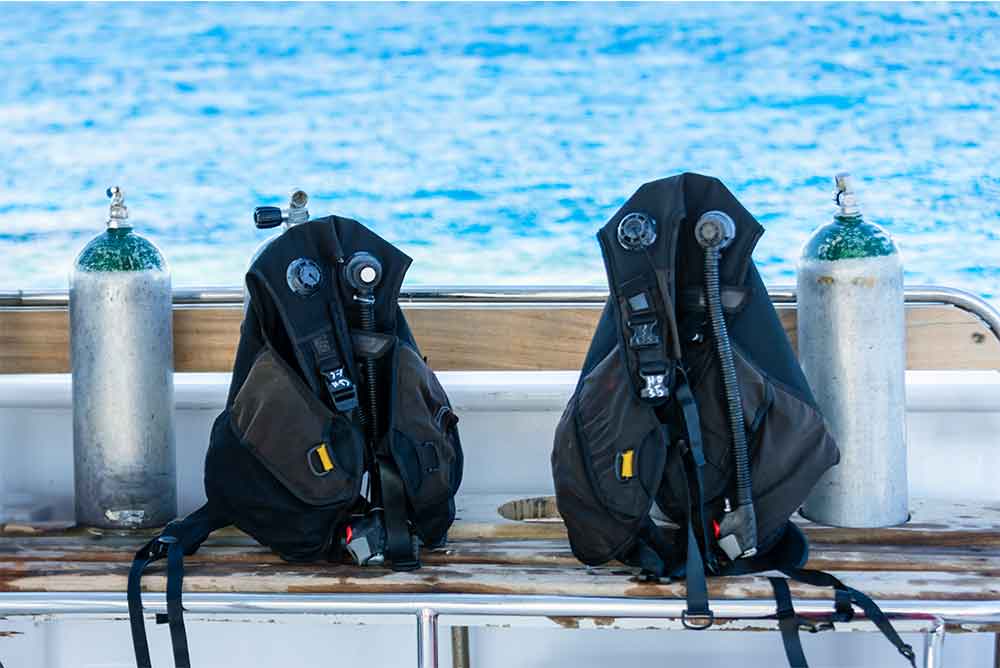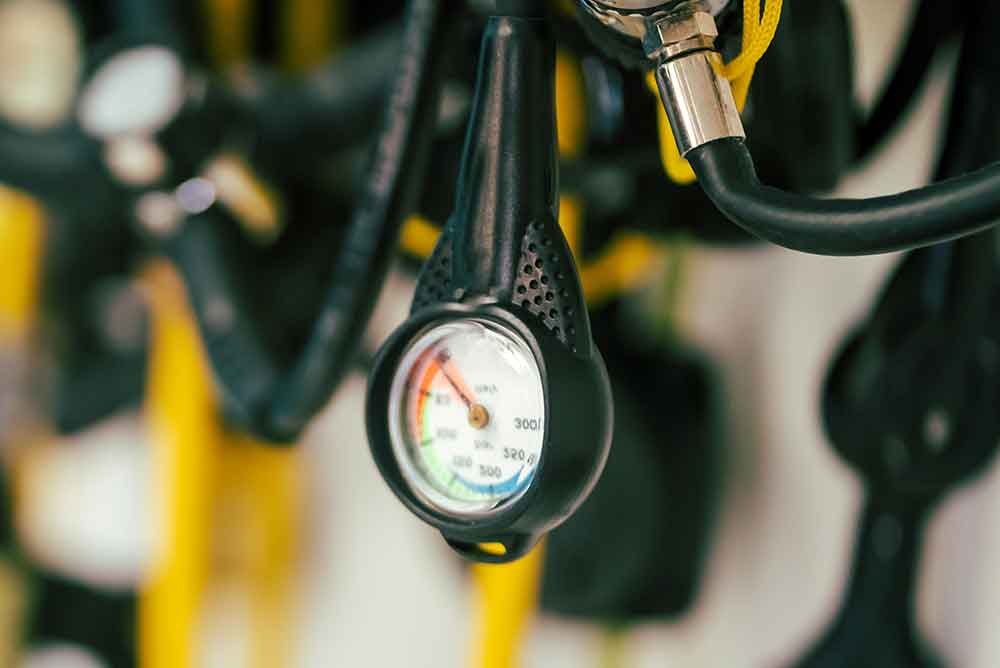Top Scuba Diving Gear for Exploring the Waters of Cayman
Scuba diving in the Cayman Islands requires the right gear to ensure a safe and efficient experience. Whether divers are exploring shallow coral reefs or deep underwater walls, having the proper equipment makes a significant difference in comfort, control, and safety. This guide outlines the top scuba diving gear for beginner and experienced divers visiting or residing in Cayman. The recommendations are based on standard scuba gear practices and commonly used equipment for tropical diving conditions. Readers are encouraged to consult with a certified dive professional or authorized dive retailer before purchasing gear or engaging in diving activities.
Essential Scuba Diving Equipment Every Diver Needs
All scuba divers, regardless of skill level, require a basic set of equipment to participate safely in recreational diving. In the Cayman Islands, standard scuba diving gear includes:
Mask and Snorkel: Crystal-Clear Visibility in Cayman's Waters
A well-fitting scuba diving mask is essential for visibility underwater. Cayman’s clear waters offer high visibility, making a low-volume mask ideal for reducing drag and improving fit. A snorkel is recommended for surface breathing during entry and exit, especially when shore diving at sites like Eden Rock or Devil’s Grotto.
Fins: Power and Control for Reef and Wall Diving
Fins provide propulsion and control. Open-heel fins with adjustable straps are preferred for boat dives, while full-foot fins may be used for shorter shore entries. Strong currents can occur in Cayman during wall dives, so divers benefit from stiff-blade fins for added power.
Wetsuits and Dive Skins: Temperature Control in Warm Waters
Water temperatures in the Cayman Islands generally range between 78°F and 84°F. A 3mm wetsuit or dive skin provides thermal protection and prevents minor abrasions. Exposure protection is recommended even in warm waters, especially when diving repeatedly or for extended durations.
Region-Specific Scuba Diving Gear for Cayman
The Cayman Islands have unique diving environments, including coral reefs, wall dives, and boat-only dive sites. Using scuba gear tailored to these regional conditions can improve safety and performance.
Reef-Safe Sunscreen: Protect Marine Life at Popular Sites Like Eden Rock
Reef-safe sunscreen is recommended for every diver’s kit in the Cayman Islands. Standard chemical-based sunscreens contain ingredients that can harm coral reefs. Divers are encouraged to choose mineral-based sunscreens labeled “reef-safe” to help protect marine ecosystems such as those found at Eden Rock, Cemetery Reef, and Turtle Reef. While sunscreen is not considered scuba diving gear in the traditional sense, it plays a vital role in overall dive preparedness in tropical environments.
Surface Marker Buoys (SMBs): Required for Boat Dive Safety
Many Cayman Islands dive operators require a surface marker buoy (SMB), especially for drift dives or unguided boat dives. An SMB enhances visibility to boat traffic and assists with safe surface ascents. In high-traffic areas such as North Wall or West Bay, SMBs contribute to diver safety and should be considered essential equipment.
Lightweight BCDs for Warm-Water Buoyancy
A buoyancy control device (BCD) is central to scuba diving equipment. For warm-water diving in Cayman, divers often use lightweight BCDs with minimal padding. These models reduce bulk and increase maneuverability. Integrated weight systems are commonly included for convenience and better trim. Local dive shops typically stock travel-friendly BCDs that meet regional diving needs.
Advanced Equipment for Cayman's Deep and Wall Dives
Cayman diving includes wall dives that begin at 60 feet and extend beyond recreational diving limits. To enhance safety, tracking, and visibility, specific scuba diving gear is recommended for those participating in deeper dives or exploring shipwrecks.
Dive Computers for Monitoring Deep Wall Dives
Dive computers are critical for tracking time, depth, and ascent rates. A wrist-mounted dive computer with multi-level dive tracking and safety stop alerts is recommended for wall diving in sites like the North Wall or the Bloody Bay Wall. Many models also support Nitrox, which is often used during deeper dives in Cayman.
Red-Filtered Dive Torches for Night and Wreck Diving
Dive torches with red light filters or adjustable beams are beneficial for night dives and wreck exploration. The USS Kittiwake, one of Cayman’s most visited wrecks, features enclosed spaces where visibility is limited. A reliable dive light improves safety and navigation. Backup torches are also advisable in case of equipment failure.
Underwater Cameras for Capturing Stingray City Adventures
Although not mandatory, underwater cameras are popular among divers visiting Stingray City and other wildlife-focused sites. Compact, depth-rated cameras with wide-angle lenses are recommended for capturing marine life without disturbing the environment. Many models can be mounted to BCDs or worn on the wrist for hands-free operation.
Ready to Dive into Cayman? Gear Up with Local Dive Shops
For those planning a dive trip to the Cayman Islands, it is recommended to consult with certified dive professionals or local dive retailers before finalizing any gear purchases. These experts can provide guidance based on dive site conditions, certification level, and experience. Always ensure scuba diving equipment is tested, serviced, and meets local standards before use. Dive shops in Grand Cayman, Little Cayman, and Cayman Brac offer rental and purchase options tailored to the region’s unique diving environments.
